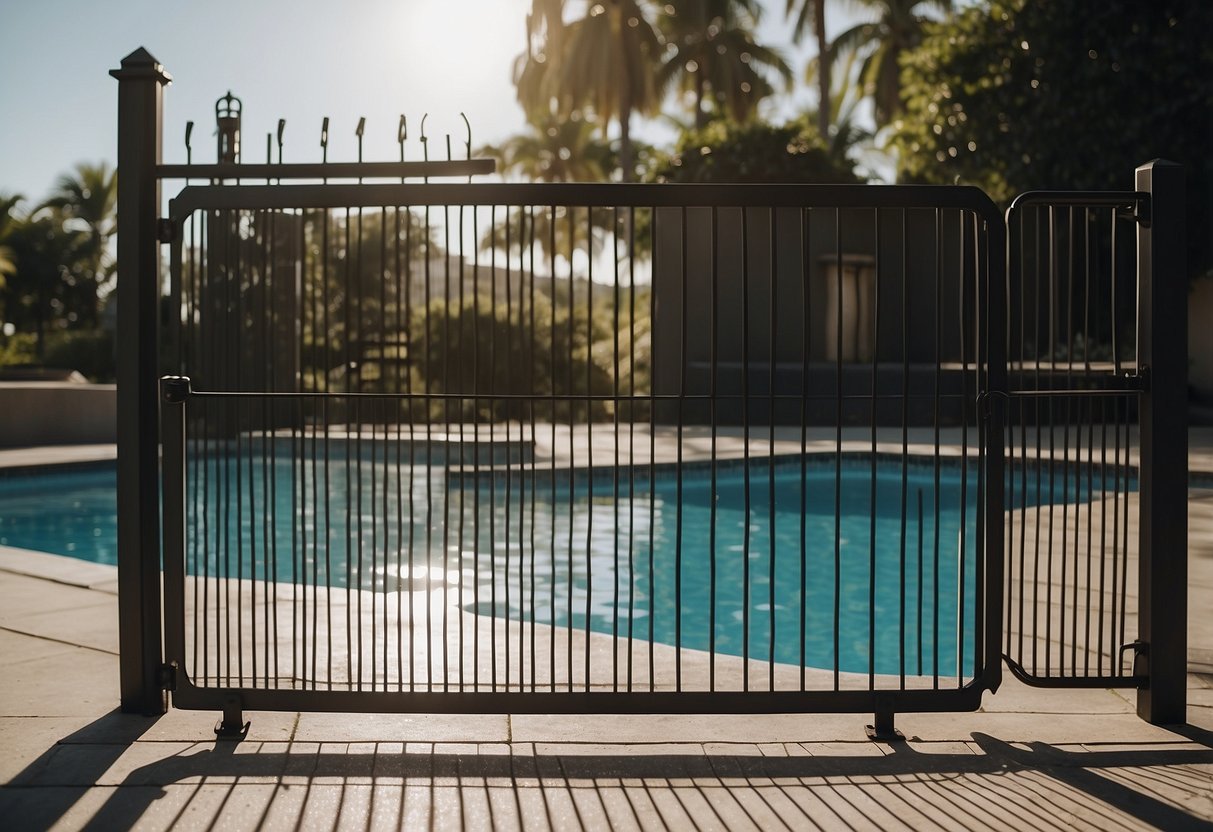Installing an above-ground pool can be a fun addition to any backyard, but safety should always come first. Ensuring the pool is installed correctly can prevent accidents and injuries. It’s important to plan the installation carefully and follow all guidelines.
One key step is to choose a level spot that is clear of any debris or obstacles. This helps keep the pool stable and reduces the risk of tripping or other accidents. Make sure all equipment is up to standard and set up according to the manufacturer’s instructions.
Using barriers, such as fences or pool covers, can add an extra layer of security. These measures help keep kids and pets safe, especially when the pool is not in use. Proper safety measures make sure everyone can have fun and stay safe around the pool.
Setting Up Your Above-Ground Pool

Proper setup ensures your above-ground pool is safe and enjoyable. Key steps include selecting the best location, assembling and installing the pool, adding safety features, and ensuring compliance with permits and regulations.
Choosing the Right Location
Selecting the right spot in your backyard is crucial. The area should be level to prevent water from collecting unevenly. Avoid places with trees, as roots can damage the pool liner and leaves can dirty the water. Ideal locations get some sunlight during the day, enhancing the pool environment without overexposure. Consider accessibility to ensure ease of maintenance and use.
Pool Assembly and Installation
Begin with an above-ground pool kit. Place the pool wall on the prepared ground, ensuring it’s straight. Next, install the pool liner carefully to avoid wrinkles and tears. Filling the pool with water requires patience to ensure stability. A pool cover is then added to keep debris out. Ensure the pool is stable before usage.
Safety Features and Add-Ons
Safety is a priority. Install fencing around the pool to keep children and pets safe. A pool ladder is essential for easy access. Safety equipment like life rings and pool alarms can prevent accidents. Adding a pool cover when the pool isn’t in use can prevent accidental falls. These features help maintain a safe backyard oasis.
Permits and Regulations Compliance
Checking local regulations is vital before setting up your pool. Many places require a permit for above-ground pools. Contact local authorities to understand the rules. Compliance ensures safety standards are met and can prevent legal issues. Regulations often cover aspects like fencing and distance from property lines. Proper permits also contribute to the longevity and safety of your pool.
Maintenance and Safety Management
Maintaining an above-ground pool includes regular care, safety checks, and emergency planning. Proper steps ensure the pool stays clean and safe for everyone.
Regular Maintenance Protocols
Checking water chemistry is crucial. He or she should test the water weekly for pH and chlorine levels. Proper chemical storage can prevent accidents. Keep chemicals in a cool, dry place.
Cleaning the pool is necessary. Use a skimmer to remove debris daily and vacuum the pool weekly. Check and clean the filter regularly.
Inspect pool equipment frequently. This includes the pump, ladder, and any flotation devices. Make sure they are in good condition and replace any broken parts immediately.
Safety Precautions and Emergency Preparedness
Adult supervision is key when the pool is in use. Assign an adult to watch over the swimmers, especially children.
Establish pool safety guidelines. For example, no running near the pool and no diving in shallow areas.
Equip your pool area with life jackets and other flotation devices. He or she should have a first aid kit and emergency phone numbers posted nearby. Knowing CPR is also beneficial.
In case of emergencies, plan an emergency drill to ensure everyone knows what to do.
Closing the Pool
Properly closing the pool involves a few steps. First, clean the pool thoroughly. Remove debris and balance the water chemistry once last time before winterizing.
Drain water from the pump, filter, and hoses. Store the equipment indoors to prevent damage.
Cover the pool with a durable pool cover. A good cover can prevent accidents and keep the water clean for the next season.

